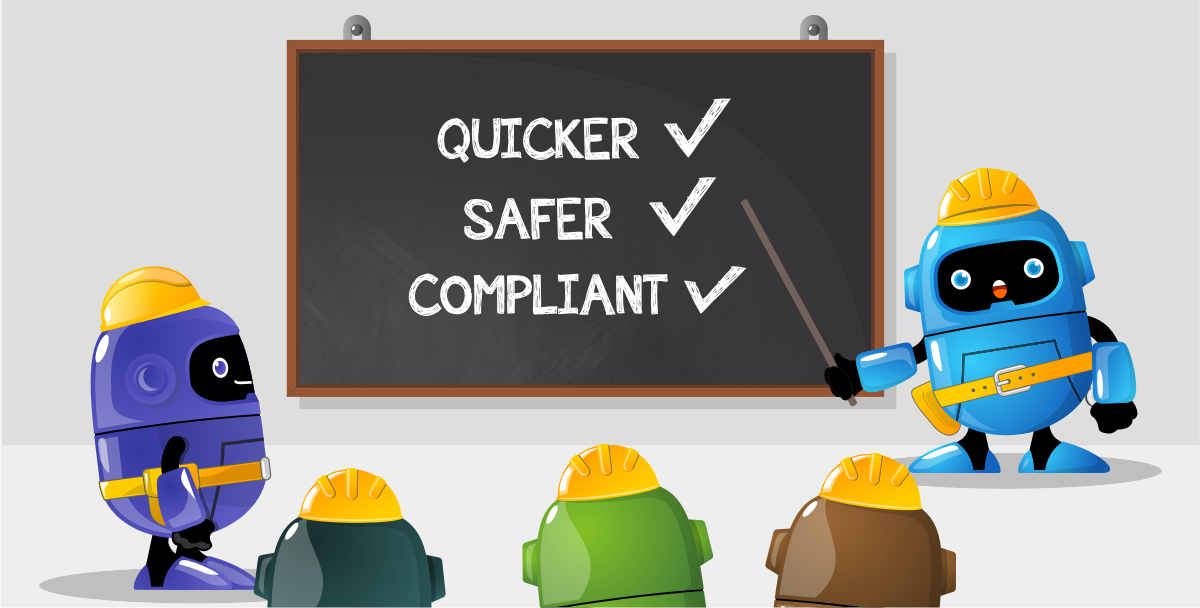How Can a Quality Assessment Review Maintain Safety?
In successful hazard and risk management it is important to keep on top of changes to OHS laws and regulations as well as how strongly your own risk assessment policy is performing. Although there is not much the ordinary business owner can do about government OHS legislation Australia, there is a great deal that can be done to improve risk assessment procedures.
Conducting a regular and in depth risk assessment review can improve safety and eliminate unproductive work practices. It is also a way to answer some of those basic risk assessment questions.

Under requirements outlined in the Work Health and Safety Regulations, a person conducting a business or an undertaking (PCBU) must review risk control measures and revise where necessary. Such a review must take place when:
- a health and safety representative requests a quality assessment review
- consultative arrangements suggest a review is needed
- a new risk or a different hazard is identified
- upcoming workplace changes are likely to present new risks and hazards that current safety measures may not control
- a safety measure fails to effectively control a risk
To identify these potential issues, a consultation process that involves workers, OHS representatives and managers should consider:
- if the control measures are effective both on paper and in practice
- whether the controls measures have inadvertently produced any new risks
- if all hazards were identified
- whether new work practices, equipment or materials/substances produced any new or different risks
- how useful and successful risk assessment training has been for workers
- how directly involved workers are in risk identification
- what effect changes to OHS legislation or laws could have current safe operating procedures
- if the rate and extent of workplace health and safety incidents is decreasing
Any risk assessment review that takes place should be prioritised based on the seriousness and immediacy of the risk. If a hazard is more serious than the control measures used to reduce its associated risk should be review more often. Don’t wait until something goes wrong; begin a review today!

